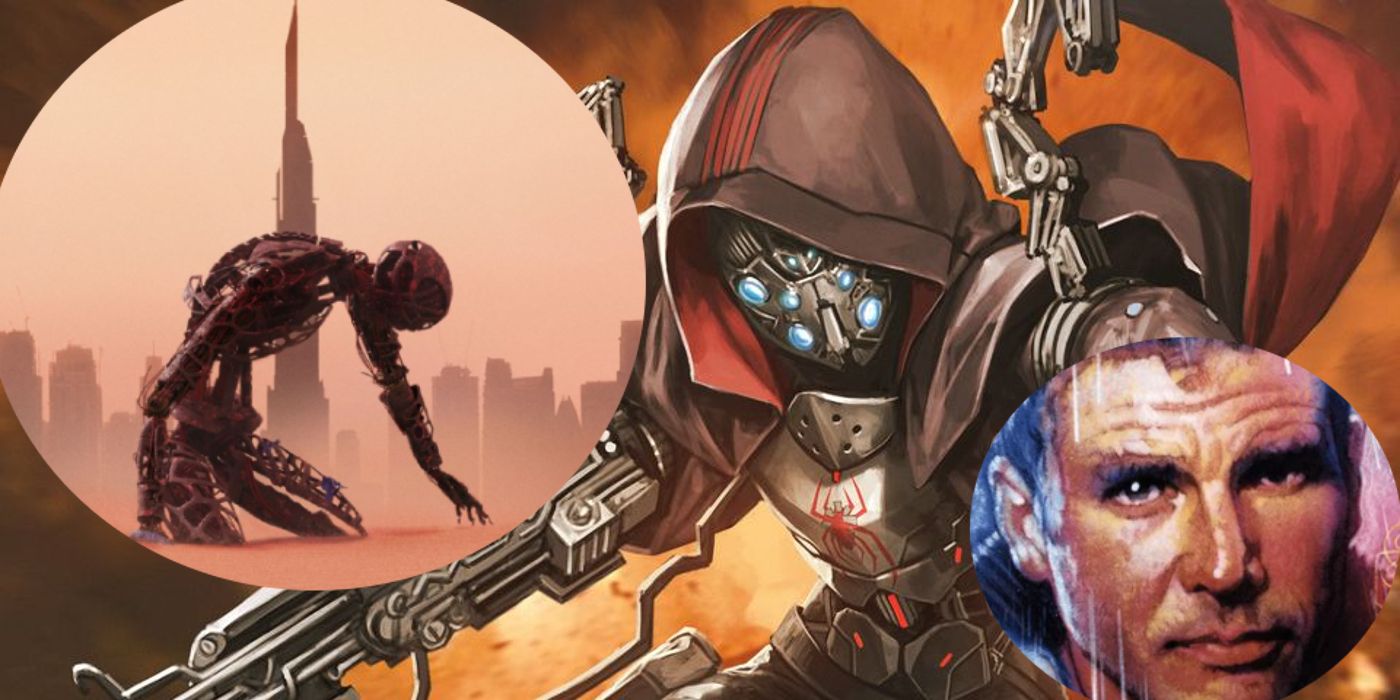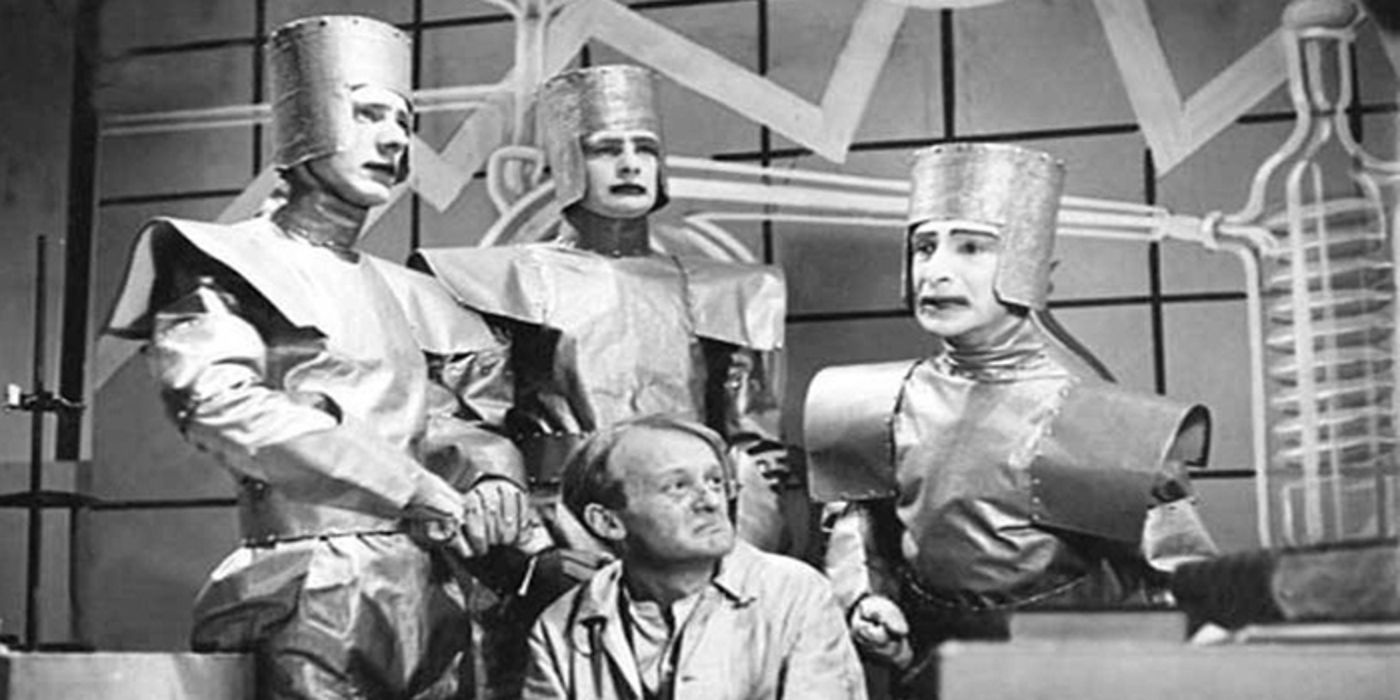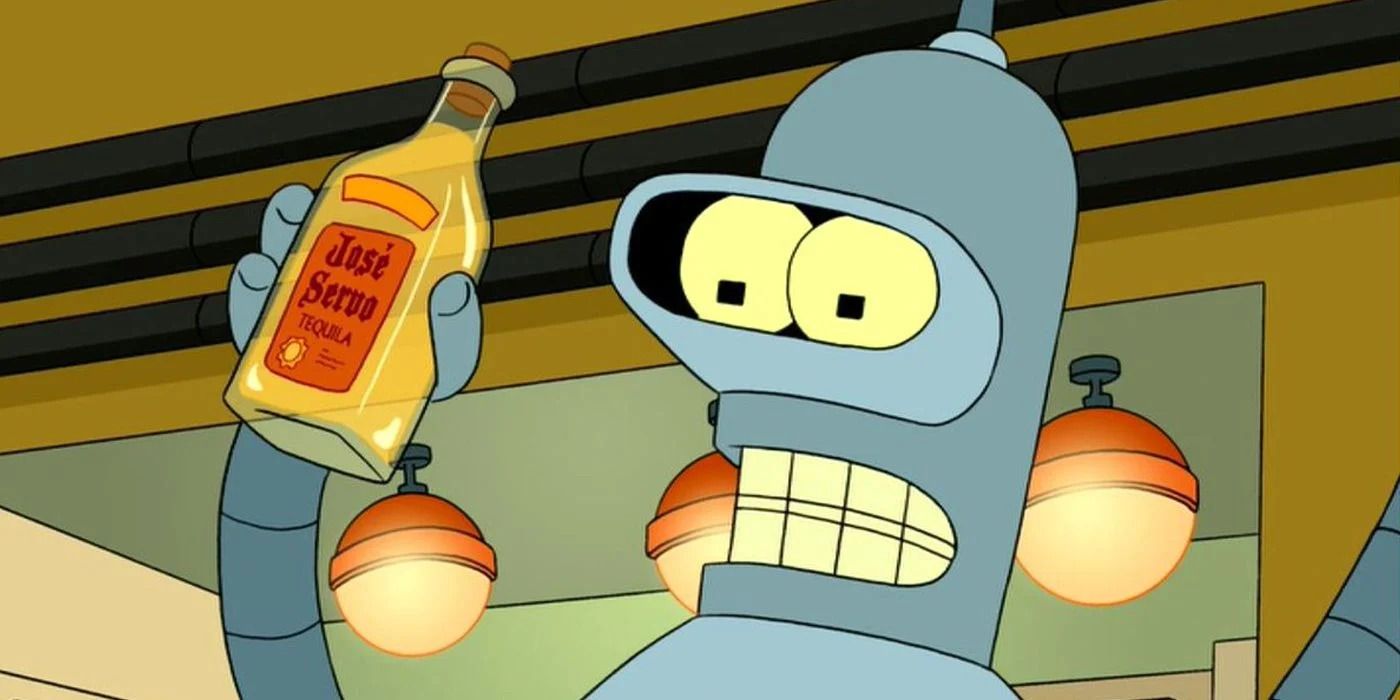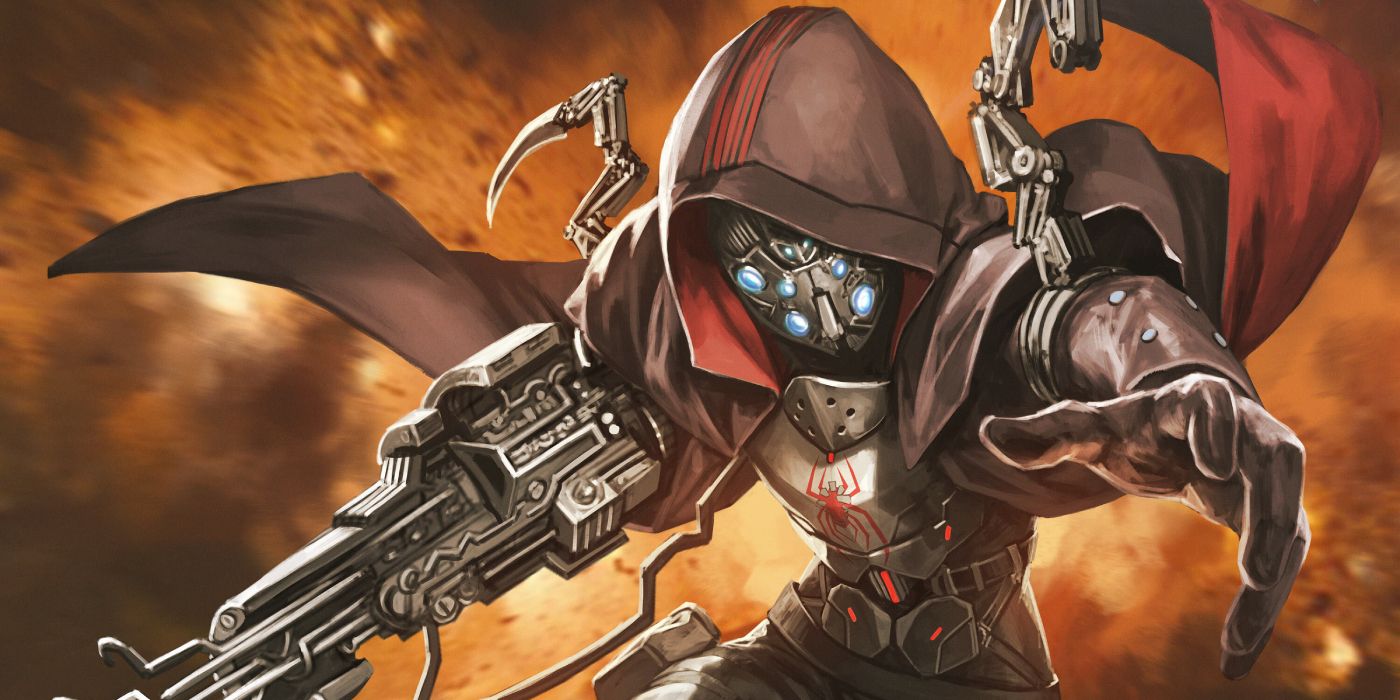Miles Morales: Spider-Man by Saladin Ahmed and Christopher Allen will shortly reveal the titular hero's newest foe: The Spider-Smasher. Part of the legacy of Spider-Slayers, the character plays an important part in bringing the villains into the modern-day. Spider-Slayers have always been straightforward evil pawns with no personal agency and no way to make their own decisions. They always were intended to simply follow along with whatever their controller said, and the Spider-Smasher already offers the possibility of a change.
One of the major trends in sci-fi literature, especially that centered around robots and other mechanical beings with AI, has been that of the creation of the sense of agency. From Blade Runner to Westworld to (now) Spider-Man, the journey is very nearly a coming-of-age rather than an action-adventure. The search for a sense of agency through robots and AI has a deep history in Science Fiction, and the Spider-Smasher is just the newest example of an agency-seeking robot of some sort.
Robots And Agency Have Been Interrelated Since The Start
Artificial life has existed nearly as long as written history itself. Jewish tradition has tales of the Golem, an artificial lifeform brought to life through a curse. The Greek tale of Pygmalion featured a statue being brought to life by the power of love. Artificial life and its creation have followed humanity in its tales and legends for centuries. The first use of robots proper, however, came in the form of a play. Karel Čapek's Rossum's Universal Robots, a 1921 play that featured a set of androids trying to negotiate a life outside of their slavelike existence. That is to say, R.U.R., the first piece of true robots in media, is about an artificial intelligence negotiating identity.
That isn't to say that stories with robots have always been about the negotiation of identity. Star Wars, for example, has a clear class delineation between droids and lifeforms, but the consciousness of droids has never been a major focus, even as Star Wars has tackled other issues of power structures. Even the presence of a force-sensitive droid or two has not affected the fact that droids are simply viewed and treated as lesser with few repercussions in Star Wars.
Nonetheless, the overarching theme with robots and AIs in literature and popular culture has been that of agency-seeking. Blade Runner famously deals with agency and its repercussions on the lives of those who attempt to gain it. Isaac Asimov and Philip K. Dick both contributed to literature and its adaptations, and these underlying themes underscore the work of both masters, naturally leeching the color of self-determination into robotic literature. As robots moved forward into popular culture, though, the idea of the creation of a sense of agency was not only maintained; it was strengthened.
Agency And Androids Come Into The Contemporary Era
Though played as humor, Bender from Futurama was famously depressed that he was only meant to only bend items for the rest of his life until he defied his programming. So much has the search for agency defined robots in media that it has become a part of characters so intrinsic that it borders upon a trope, lampoonable, in the case of Futurama, with aplomb. Though Bender's example was one of humor, it's hardly the first of its kind in contemporary popular culture, and it certainly won't be the last.
The continuation of the Blade Runner franchise similarly tackled the idea of a sense of agency either through replicants themselves (Blade Runner 2049) or through Blade Runners as a foil for humanity (Blade Runner 2019 & 2029). Updates to other franchises, from Transformers to Pokemon, have similarly explored agency for their robotic characters, be they primary or secondary. This exploration of free will has always been a complex matter, but recent pop culture has made it far more prescient than in the past.
Miles Morales' New Foe Is The Latest In A Long Line
With this overarching trend, it's hardly surprising that Miles Morales is now faced with a version of a robotic foe that presents a greater sense of agency than its robotic predecessors. Defeating nameless robots and drones hardly offers the complexity of a sentient being with robotic augmentation or substance attempting to define themselves. Even the reveal of the Spider-Smasher indicates that there is some element of mystery to where the allegiances of the Spider-Smasher lie. This mysterious reveal gives the Spider-Smasher a choice!
Ultimately, this complexity is the latest indicator of a trend in comic books and media that have taken place over a century. Gone are the cannon-fodder drones who merely carry out orders. Now, even something that is a continuation of beings with no agency is able to make a choice. That choice will be revealed when Miles Morales: Spider-Man's issue 38 publishes in May.




